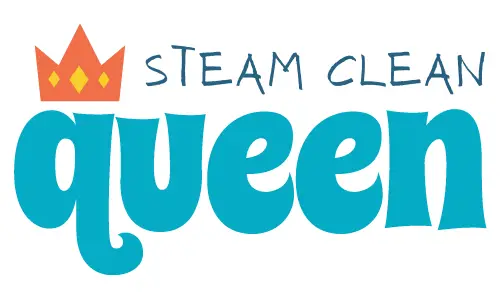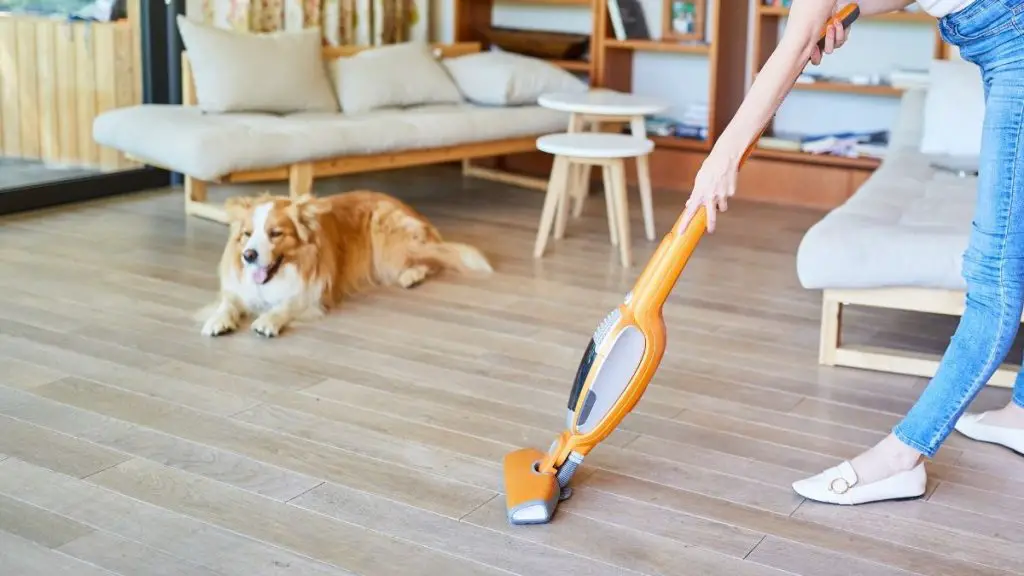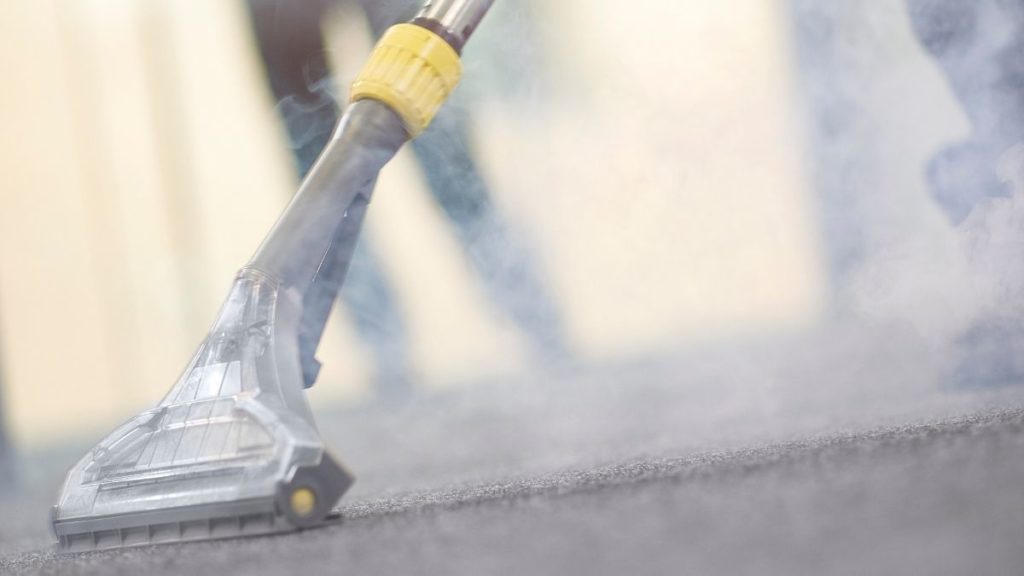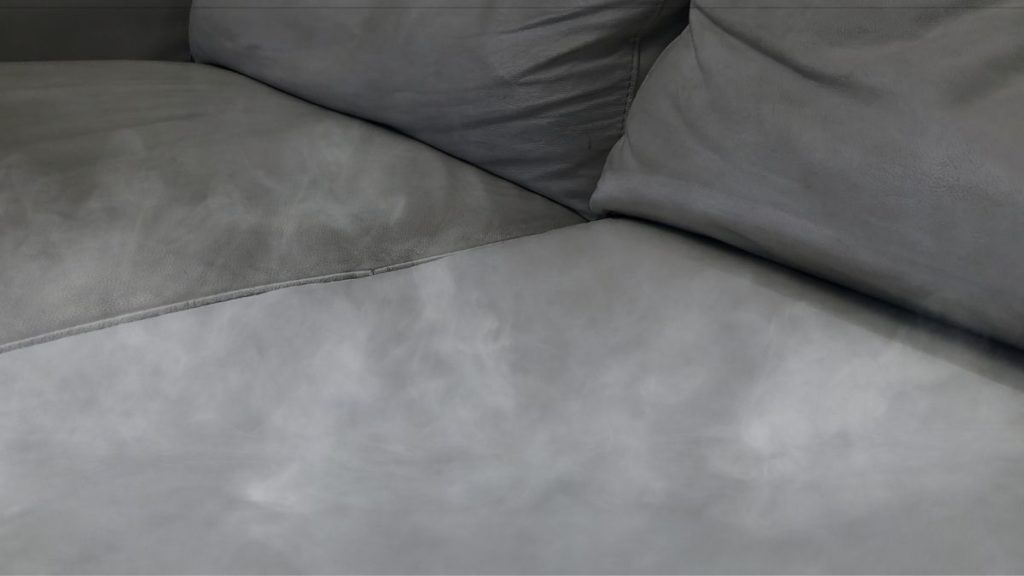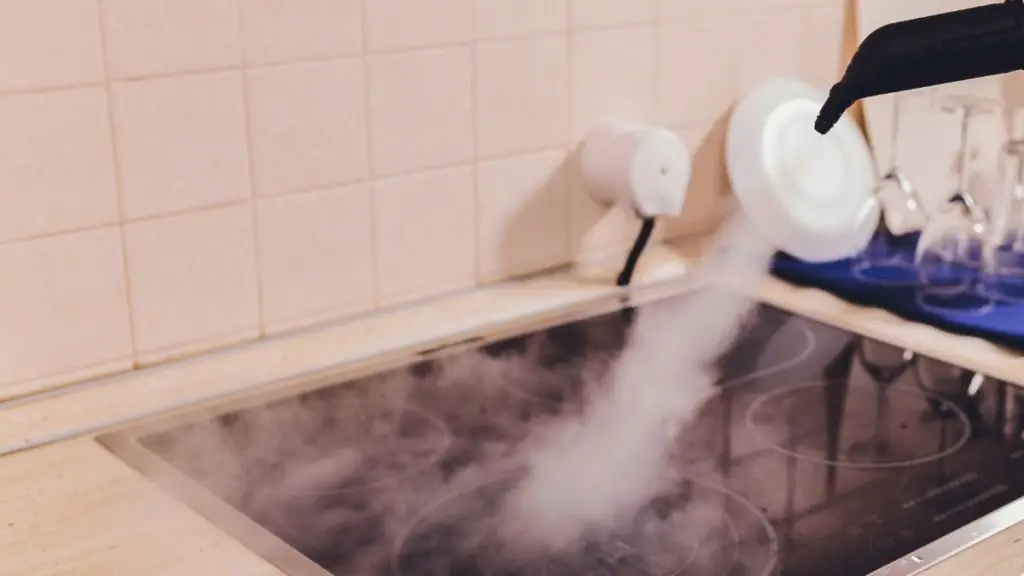How to Clean Carpet With Bleach And NOT Ruin It (+ Dos & Don’ts)
Serious question. Can you use bleach to clean your carpet?
Carpet and bleach sound like a very odd mix in a sentence. Well, now you’ll know it isn’t really too strange after all.
Hear me out. Caution is your best friend when it comes to bleach!
Yes, you can use bleach to remove stains from your carpet. However, it would be best to use it only as a last resort. Unless, of course, your carpets are white – even so, there’s a risk of yellow-ish stains.
In this article, get to know how to clean carpet with bleach safely and effectively.
Be Careful With Bleach (Better Safe Than Sorry!)
Table of Contents
First things first, you need to observe safety precautions when dealing with chemicals. Bleach is no different.
Just because you think it’s a mild type of chemical compared to, say, products with quaternary ammonium compounds or quats, it doesn’t mean you should take it lightly. It’s a chemical nonetheless, and it can definitely have harmful effects on your skin and can affect breathing.
Because of this, always remember to wear rubber gloves and a mask when working with bleach. Wash hands and skin thoroughly if they come into contact with it accidentally.
So How Do You Clean a Carpet With Bleach?
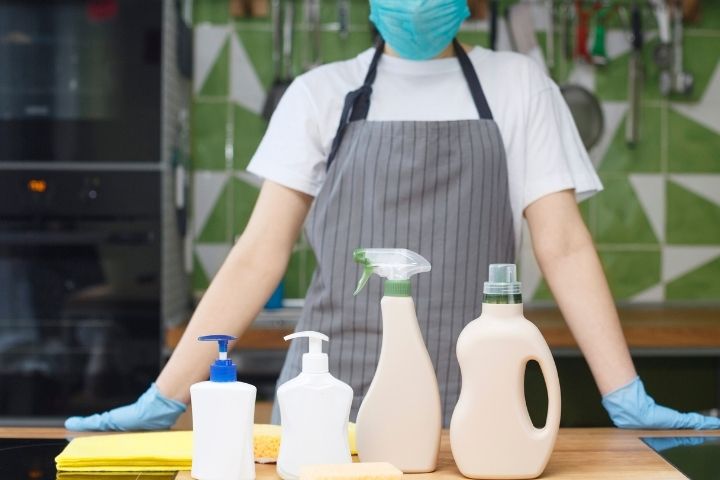
Step 1 – Turn On the Vac
Vacuuming is a standard operating procedure when it comes to carpet cleaning. You simply don’t want to skip this part, especially if you’re using a machine cleaner.
This ensures that there wouldn’t be any solid debris and other embedded dirt left on the carpet.
Another possibility is having to spread stains just in case these dirt and dust are colored or include metals and would come in contact with the bleach. You wouldn’t want one problem after another.
Step 2 – Prepare the Main Weapon
Rule of thumb: never use pure bleach on delicate fabrics. Besides significant discoloration, undiluted bleach can be unforgiving and destroy the backing of your carpet. As well as the floor, if you overdo it!
For this specific purpose, mix one cup of bleach for every gallon of water. This is the standard ratio for carpet cleaning.
Pour the solution in a spray bottle for more manageable and controlled dispensing.
Step 3 – Treat Ground Zero
Spray the bleach solution to the stained area when dealing with pure white carpets. Usually, you would leave fabrics to soak for a while to make sure that the stain would loosen up.
However, carpets are more delicate, and letting the bleach sit for far too long might damage its underside or backing.
I’d say don’t go beyond 30 minutes for heavy stains – preferably shorter. I’m pretty sure you’d rather have a slightly blemished carpet than a damaged one.
Also, it’s better to do this in the backyard. If you do it inside, you’ll risk damaging your flooring should any of the solution go through the carpet and the padding!
Step 4 – Rinse and Dry
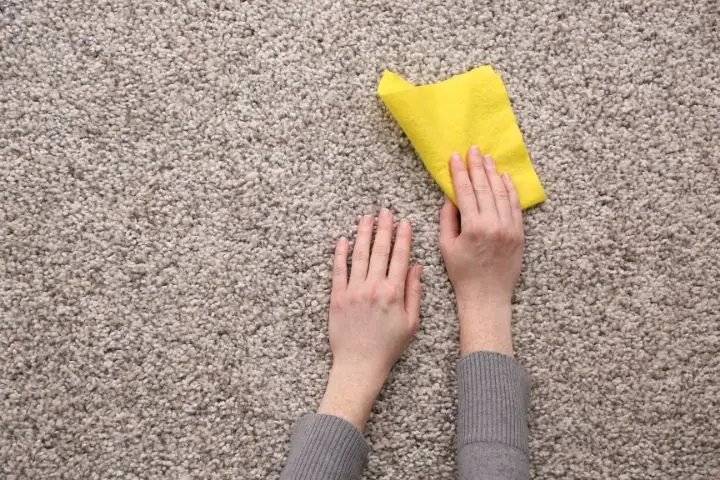
The rinsing and drying parts are interesting because they may seem intricate for some who haven’t tried bleaching their carpets yet. But quite frankly, they’re not, especially if you only treated a small patch.
If this is the case, you just need to spray water into the patch and pat dry with a clean cloth or paper. Do it several times until you feel that the bleach is completely gone.
If you’ve treated the whole carpet, flushing the entire carpet with water is the way to go.
You can even go all the way to shampooing the whole lot and use a shop vacuum to suction the excess water. However, you will need a hot water extraction machine such as Rug Doctor to complete the job.
Dos and Don’ts When Bleaching Your Carpet (You’ve Been Warned!)
Dos
- Do bleaching of carpet only when you’ve tried everything else to remove stains but failed. (Or if your carpet is white and infested with Parvovirus.) Bleach may easily be an overkill for a simple smudge!
- Make it a point to vacuum your carpet before bleaching. You want to make sure to remove all the solid debris. For instance, metal shards can cause stains when it comes in contact with bleach.
- When bleaching a near-white carpet, spray the entire area to maintain uniformity of color.
Don’ts
- While I said you could bleach a carpet, never use it on a wool type. Remember that you can only use this to white and white shaded color to avoid decolorizing and make a funny patch in the process.
- Never use concentrated bleach on your carpet. Always mix it with water before using it. The ratio of bleach to water will depend on the type of stain you want to eradicate and the type of materials you are dealing with.
- Never mix bleach with any cleaning products unless, of course, you are a chemist. Lack of knowledge in these concoctions might lead to some deadly by-products.
Frequently Asked Questions
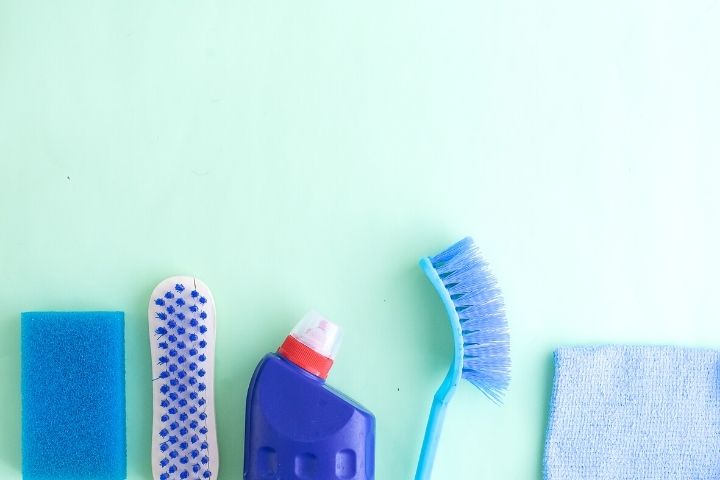
Can You Mix Vinegar and Bleach to Clean Carpet?
Never! In fact, regardless of the purpose, just don’t even think about mixing vinegar and bleach!
The rationale behind this is their chemical composition. Household cleaning bleach is typically made of sodium hypochlorite and laced in 3% to 8% water.
On the other hand, vinegar is basically 4% to 8% acetic acid. What makes the concoction potentially dangerous is that the combination of sodium hypochlorite and any type of acid produces deadly chlorine gas.
How Do You Clean Polypropylene Carpet With Bleach?
100% Polypropylene carpets are basically “bleach cleanable.” However, compared to the bleach-to-water ratio applicable to all other types of rugs, you can go a bit aggressive with polypropylene. Say, 50:50.
The process will be similar to how to clean carpet stains with bleach, except that you can leave it for 60 minutes. You can also use a brush to loosen the stain.
Finally, rinse the carpet thoroughly with water and dry.
